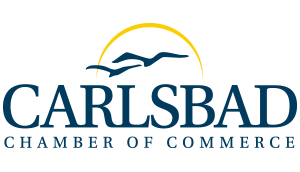If you bought something before Jan. 1 and need to return it, the store must provide you with a refund for the old tax rate. And if you bought something before Jan. 1 that wasn’t delivered until after the New Year, the old tax rate remains applicable. Retailers should adjust their operations to charge the current 7.25 percent sales tax starting January 1, 2017, unless a higher sales tax is present in their area.
A retailer who continues to charge and collect the higher statewide sales and use tax after January 1, 2017, must either refund the excess tax collected to their customer or pay the excess tax to the Board of Equalization (BOE). If the excess tax collected has been paid to the BOE, the retailer may request a refund on behalf of their customer by completing form BOE-101, Claim for Refund or Credit.
For merchandise delivered after January 1, 2017, the applicable sales and use tax rate is the rate that is in effect at the time the sale occurs. Generally, the sale occurs when the merchandise is delivered to the customer, unless the sales contract specifically states that title to the merchandise passes to the customer prior to delivery.
Effective Jan. 1, 2017, the sales and use tax rate dropped in California one-quarter of 1 percent, from 7.50 percent to 7.25 percent. The lower tax rate is good news for consumers and the result of the partial expiration of Proposition 30, a 2012 initiative that sought higher income and sales taxes.
Shoppers in some cities may pay more than 7.25 percent because of local sales taxes higher than the state rate. To find your rate, visit this page. You can look up sales and use tax rates by city here.
With returned merchandise, the customer should be refunded the amount of tax at the rate that was charged and collected from the customer at the time of the original sale.
